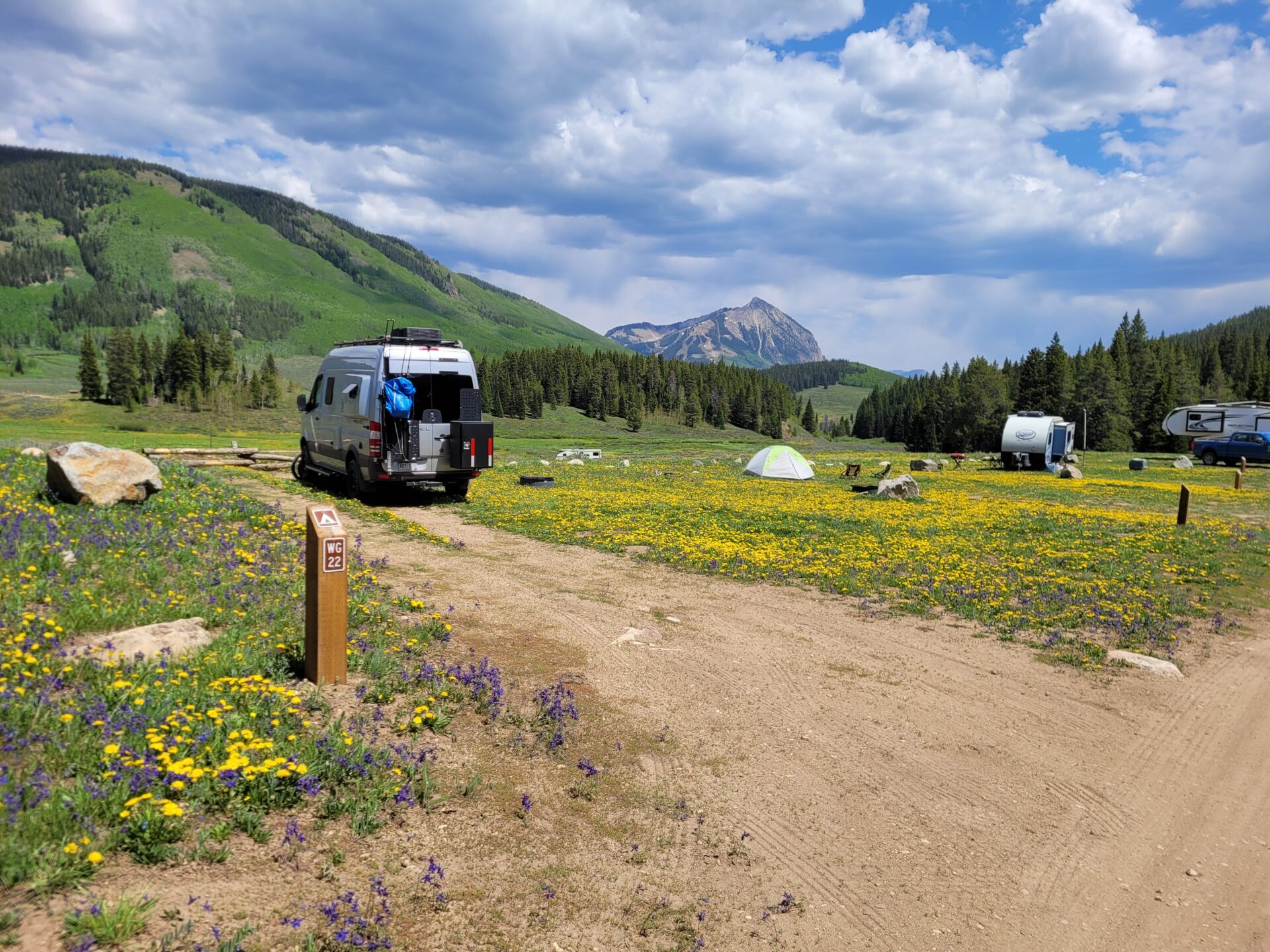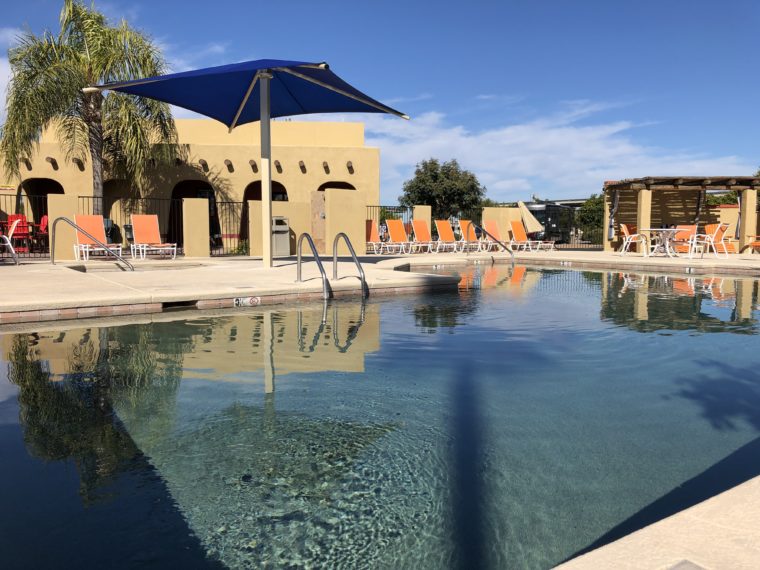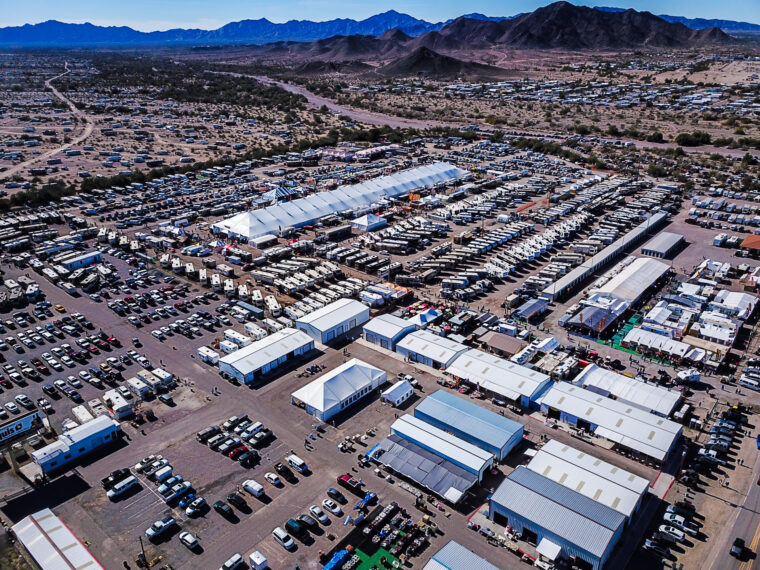As interest in dispersed camping on public lands has increased, recreation managers are struggling to keep up with the skyrocketing demand and subsequent impacts on natural resources, safety, and enforcement.
Some U.S. Forest Service and Bureau of Land Management (BLM) districts are evaluating policies and management plans. Here are a number of recent and upcoming changes to dispersed camping areas in the U.S.
What Is Designated Dispersed Camping and Why It Matters to You
Recent Dispersed Camping Changes
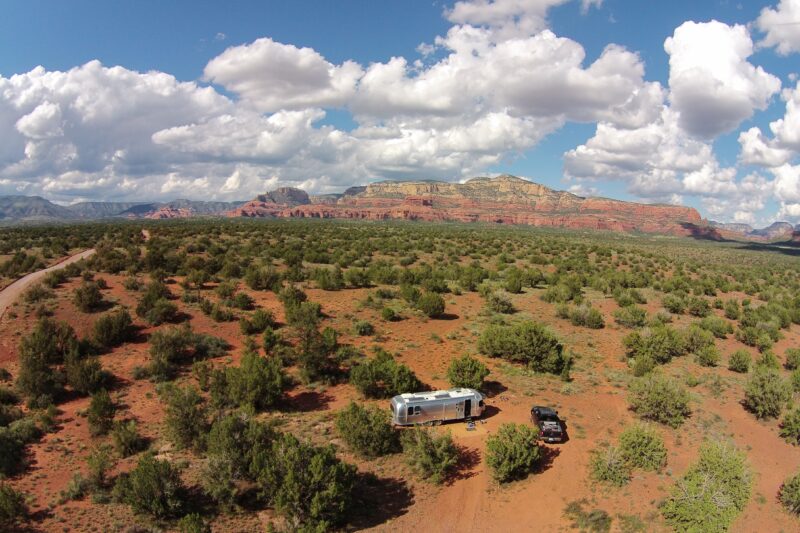
Crested Butte, Colorado
In July, the Grand Mesa, Uncompahgre, and Gunnison (GMUG) National Forests announced that the implementation of the Crested Butte camping management forest order, which requires campers to stay in designated campsites in several popular drainage areas, is complete. From this point forward, rangers are regulating and enforcing the use of designated dispersed campsites in much of the GMUG forest area, including (but not limited to) Kebler Pass, Lake Irwin, Slate River, Washington Gulch, Schofield Pass, Brush Creek, Cement Creek, and Gothic Corridor.
Moab, Utah
After a period of public comment, the BLM Moab Field Office issued a final supplementary rule in April 2022 addressing camping in the Klondike Bluffs Mountain Bike Focus Area and a nearby 160-acre parcel. In these areas, campers are now required to use designated campsites and bring portable toilets for use at campsites where toilets aren’t provided. Campers are also prohibited from cutting or collecting wood for campfires or any other purpose.
Upcoming Dispersed Camping Changes
Sedona, Arizona
In May 2022, the Coconino National Forest announced big changes to dispersed camping in Sedona, Arizona’s Red Rock Ranger District. Due to a marked increase in recreational use, officials reported significant damage to natural resources and issues such as elevated noise levels, unattended campfires, and conflict with local landowners.
As a result, the Red Rock Ranger District will be closing more than 32,000 acres to camping while delineating eight designated dispersed camping areas along Forest Roads 525, 9559, 9570A, and 89B. These camping areas will provide approximately 200 first-come, first-served designated dispersed campsites. The on-the-ground changes to dispersed camping in the Red Rock Ranger District are scheduled to be implemented by mid-August.
How and Where to Get a First-Come, First-Served Campsite
White River National Forest, Colorado
The White River National Forest’s Dillon Ranger District announced in late July that it will limit all camping outside of a campground to designated dispersed campsites only. Designated dispersed campsites are in place on Boreas Pass Road and will be coming to Peru Creek (at the end of August) and McCullough Gulch (at the end of September). The North Rock Creek area has been designated dispersed camping only since 2020.
Dispersed Camping Changes Open for Public Comment
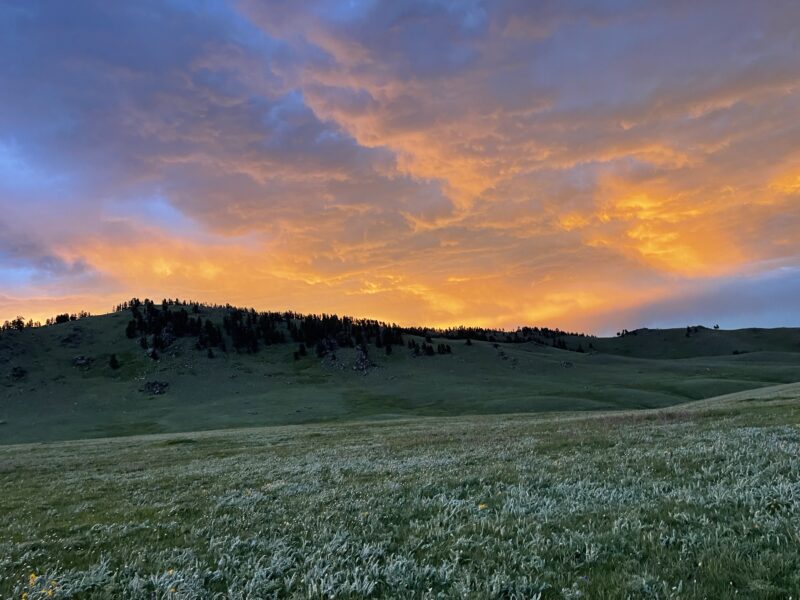
Sheridan, Wyoming
The Bighorn National Forest in Wyoming is requesting public input during six dispersed camping forums taking place in August and September. During the forums, forest managers will be soliciting feedback on a proposal to limit camping to a 14-day stay limit year-round and to implement a consistent approach to scenic byway camping management. They will also be considering a sticker program to authorize dispersed camping and transitioning the forest to the use of designated dispersed campsites.
